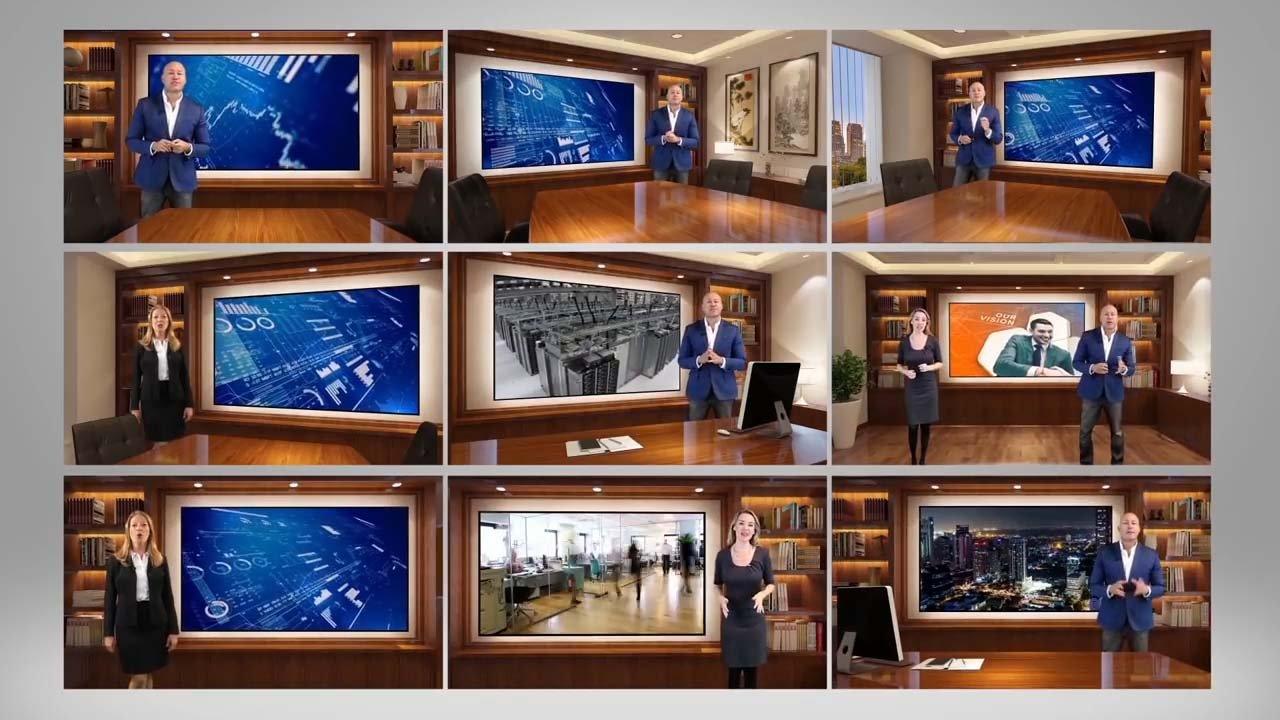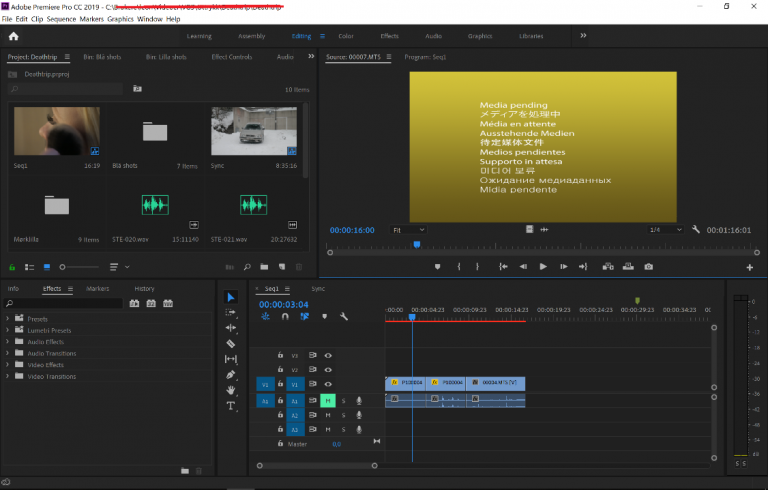

Scroll down the options until you get to Export near the bottom of the options.Before we get too far into the weeds, it's important that you know exactly what a sequence is so you'll be able to make the best decisions in regard to how you want to set up your own project sequences.Adobe Premiere Pro complete changelog / release notes / version. To export, navigate your mouse to your File program tab at the top of your screen. Only once you are absolutely sure that you are ready to export can you start the process. Go to File / Export / Media. 1 | What is a Sequence in Premiere Pro?Add Captions & Subtitles to Adobe Premiere Pro.
1 | Drop your media directly into the empty timeline to begin a new sequence.It's the easiest and most straightforward. 2 | How to Create a New Sequence in Premiere ProFirst let's walk through how easy it is to create a brand new sequence in Premiere Pro.There are several easy ways to start a new sequence and here are a few of them. Here's our Timeline Panel with a few video and audio clips added in, beginning to form a sequence.Getting the settings correct for your sequence will determine the size, dimensions, resolution, and more for your final video.Your video and audio clips can sit side by side in a sequence or they can overlap and stack on top of multiple layers in a sequence.You can also adjust transitions and effects within your sequence in this Timeline Panel.You can create multiple sequences for each project and customize the settings for each of these sequences.Premiere Pro allows you to adjust the settings for each of these sequences to customize the size & dimensions, resolution, frames per second, and more for your project.Premiere Pro is also smart enough to match the exact settings of your existing footage if you aren't sure - I'll show you how in a minute. This is an empty Timeline Panel, where our sequence will begin to take shape.The Timeline Panel is where you'll be able to visualize your sequences (or sequences) and drag/drop your clips to arrange them how you'd like for your video.

I like to begin with 'Master - Project Name', but it's completely up to you. Match yours to what you see here if it isn't already.You can also save this preset for future use by hitting ' Save Preset' just above the sequence name.Step 4: Make sure to rename your sequence at the bottom. I am happy to leave it all as is. Here you'll see where you can change any specific option for this 4K preset. In my opinion 23.976 is the most natural and cinematic for real time footage, so it's usually my preference, but not rule.)Step 3: Navigate to ' Settings' in the upper tabs to see more options for your sequence.
Now choose ' Custom'.Step 4: Under Frame Size, you'll now want to readjust the dimensions to be 3840 x 2160.Step 5: Rename your sequence and save it as a preset if you like. Best Sequence Settings for UHD VideoThis setting is very similar to the previous instructions for typical 4K video, except that our dimensions are going to be slightly different.Step 3: Navigate up to the settings tab on the top and click the drop down menu for ' Editing Mode'. If ever you want to tweak these settings, simply hit command-n to reopen the sequence settings window.
If ever you want to tweak these settings, simply hit command-n to reopen the sequence settings window. Match yours to what you see here if it isn't already.You now have a brand new 4K sequence with perfect settings ready to go. Here you'll see where you can change any specific option for this HD preset.I am happy to leave it all as is. Best Sequence Settings for HD VideoStep 2: On the left hand side, navigate down to ' ARRI' and click the first option for ' ARRI 1080p 23.976'.Step 3: Navigate to ' Settings' in the upper tabs to see more options for your sequence.
Adobe Premiere Pro Cs4 Best Playback Settings How To Do This
You can either leave it in place if you want, or you can delete it. (If you are unsure of how to do this step, refer to this blog post that will walk you through it first.)Step 2: In your project window, drag any of your footage clips into the little dog-eared box in the lower right hand corner.Step 3: This will automatically create a new sequence which matches the settings of the footage that you dragged into that box.Step 4: You'll see in your Timeline Panel that the clip of footage you dragged in is there. You can simply let Premiere Pro match the settings of the footage you'll be editing with.If you want your final exported video to match all the same settings of the footage you'll be editing, then this is the easiest and best method to use for setting up your sequences.Step 1: Import your footage into Premiere Pro.
We've created our new sequence that matches our footage settings. Double-click on the name to highlight and rename the sequence.That's it. Let's drag this sequence out of our footage bin and into a new bin that we'll title: ' Sequences'.Step 7: Let's rename our sequence. You can distinguish that it's now a sequence by the green box on the left and the different icon symbol next to the name 'video-32'.Step 6: Get organized.



 0 kommentar(er)
0 kommentar(er)
